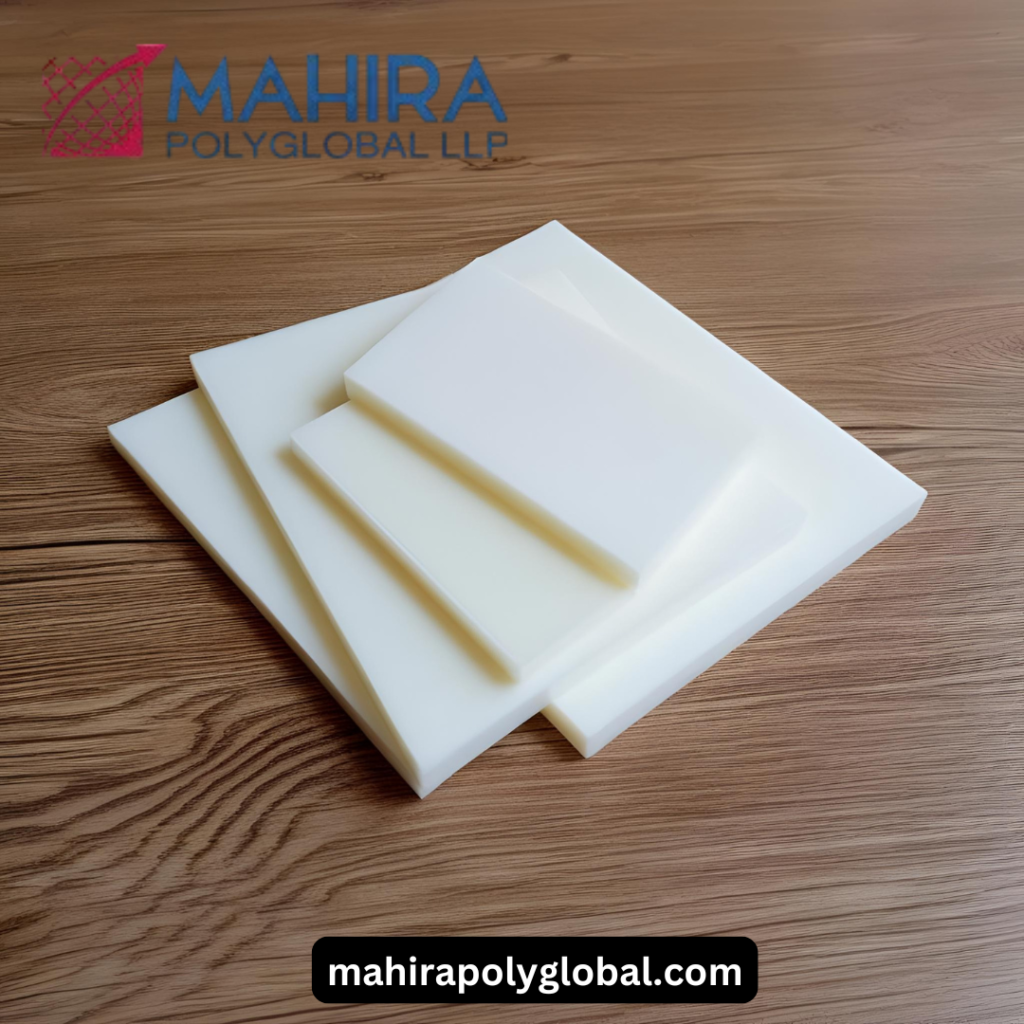Understanding HDPE Sheets: Strength Meets Versatility
High-Density Polyethylene (HDPE) sheets have become a game-changing material for both industrial and residential markets. With incredible strength, flexibility, and chemical resistance, HDPE sheets are a contemporary material for when a long wear life is fundamental to the application, unlike old materials. HDPE is resilient against wear and environmental condition, things that will wear away old materials. As to pricing, the high density polyethylene sheet price can vary based on thickness, size, and manufacturer, but when you consider its durability over time, price for a Mahira Polyglobal LLP offers excellent value, especially when compared to lower-grade plastic and metal that rust and corrode.
What Sets HDPE Apart From Other Plastics?
HDPE sheets are more durable and less permeable than most plastic materials. HDPE sheets are also inert, non-toxic, UV-stabilized, highly resistant to moisture, and easily maintained, making them great for outdoor use and high-use applications. In comparing sheets of low density versus sheets of HDPE, impact resistance and rigidity is greater in HDPE for equivalent thickness. While low density polyethylene pricing in India may seem cheaper, HDPE’s long life and minimal maintenance often provide more savings over time. If considered a trade-off, HDPE is a natural choice for many pieces of equipment in construction, chemical processing, marine, and agriculture sectors.
Applications Across Industries
HDPE has increased in popularity for a number of reasons, but one of the more important reasons is versatility. From packaging and storage to a form of wall protection, HDPE Sheets plastic can do it all. In the construction trade, HDPE sheets are often used as vapor barriers, wall panels and composition liners for concrete forming. In agriculture and farming, HDPE sheets are used to line ponds, silos, determine geo-farming surfaces and lines for irrigation canals. The fact they are resistant to pesticides, and UV exposure makes them a dependable material for use in farms. HDPE sheets are used all over the place in strcuture from playgrounds, cutting boards, recreational boat devices, and very importantly used in food processing. No matter how they are used, a business will see the price of the HDPE sheets based on reliability and performance, which HDPE provides in spades.
Cost vs. Value: Price Trends in India
In India, plastic sheet prices, for HDPE sheets and other plastics, vary dramatically based on several elements: raw material pricing, manufacturing processes, and demand in the market. Overall, HDPE sheet price falls between ₹100 and ₹300 per kilogram, depending on the finish and thickness. Comparatively, the price for low density polyethylene in India starts around ₹80 per kilogram, but does not deliver the load-bearing or chemical resistance properties. From an upfront cost perspective, although HDPE prices can be higher, their life span and virtually maintenance–free character counteract the short-term savings of low-density options. Nonetheless, many industries that rely on consistent performance, opt for HDPE instead of least–cost options.
HDPE vs. LDPE: What Should You Choose?
Selecting HDPE and LDPE (Low-Density Polyethylene) comes down to what you need it for. LDPE is softer, more malleable, and the best option for majority of applications like packaging, plastic bags, and squeeze bottles. LDPE is less expensive too since it is better utilized for light duty applications. On the other hand, HDPE is more rigid, able to withstand high pressure and impact, and can be heavily used and reused. To provide some context, if HDPE is to be used in an industrial environment or infrastructure project, the HDPE sheet price will be a substantial expense, however, considering a HDPE sheet’s resistance to abrasion, impact, and chemicals, it is justified cost.
Environmental Impact and Recyclability
In a world that is rapidly becoming eco-conscious, the sustainability of materials plays an important role in purchasing decisions. Low density polyethylene price in india are 100% recyclable, which makes them attractive for environmentally conscious projects. Many companies are now using recycled HDPE in new sheets, which they can reduce production costs and lower environmental impact. As the price of HDPE sheet remains very competitive, the environmental value they provide helps businesses accomplish green certification goals and regulatory impact.
How to Source the Best HDPE Sheets
When buying HDPE sheets, make sure you purchase from reputable and reliable manufacturers or distributors that regularly practice quality control and have established compliance with industry standards. Request certifications and material test reports (MTRs) in order to check for quality. Since quality of HDPE sheets varies by source, prices likely will vary greatly as well. It’s good to evaluate suppliers based on both the price for HDPE sheets, but also concerning options for delivery, after-sales support, and customization of product requirements.
Conclusion: A Material Worth the Investment
Thanks to its durability, flexibility, and environmentally friendly nature, Polyethylene high density sheet have a lot of advantages. It doesn’t matter if you’re in construction, agriculture, marine, or food processing, HDPE material provides reliable performance in the most demanding jobs. Despite the relatively high cost of high-density polyethylene sheets when compared to low-density alternatives, their long-lasting cost, low maintenance, and re-usability make HDPE ideal for purchasers who value quality.
Frequently Asked Questions (FAQs)
Q1: What factors influence the HDPE sheets price in India?
The price of HDPE sheets in India is affected by thickness, size, grade, manufacturer, and raw material costs. Market demand and supply fluctuations can also impact pricing.
Q2: How do I differentiate between HDPE and LDPE sheets when buying?
HDPE sheets are more rigid, durable, and resistant to impact and chemicals, while LDPE sheets are softer, more flexible, and better suited for lightweight applications like packaging.
Q3: Are HDPE sheets safe for food contact and medical use?
Yes, HDPE is non-toxic, FDA-approved, and commonly used in food processing, cutting boards, and certain medical applications due to its hygienic and easy-to-clean surface.







